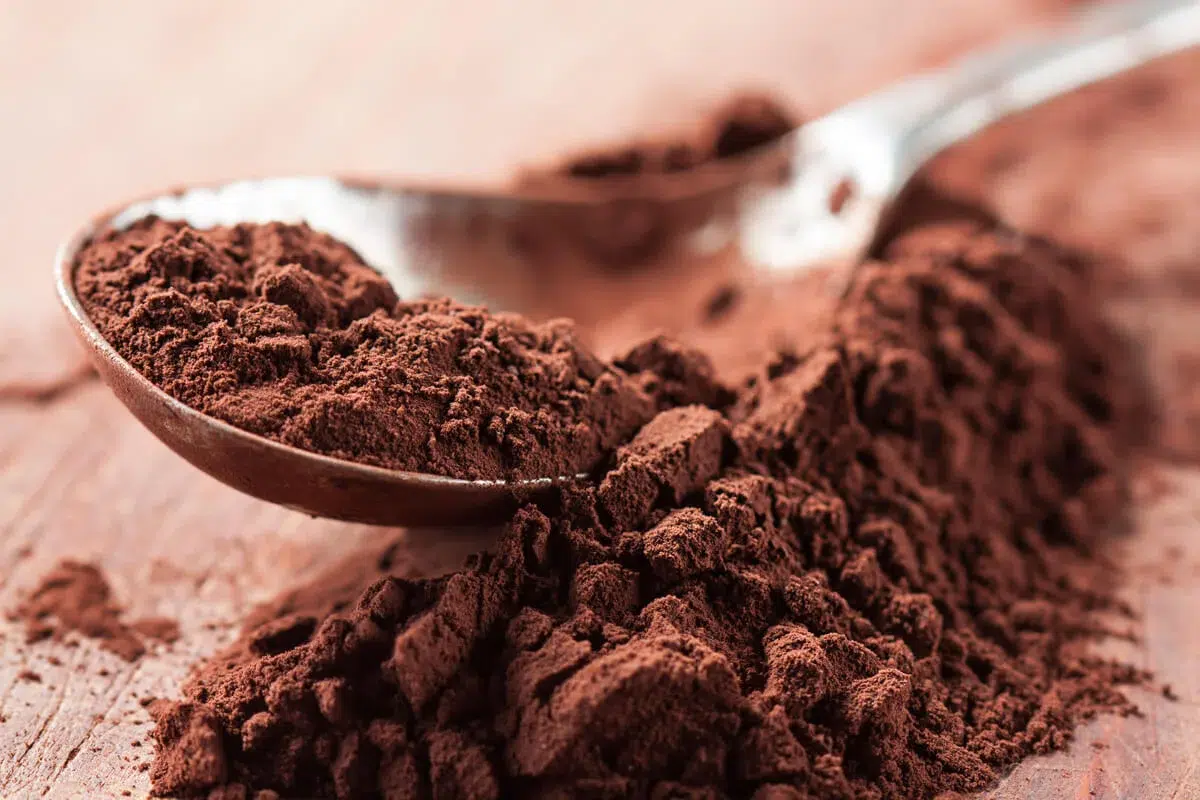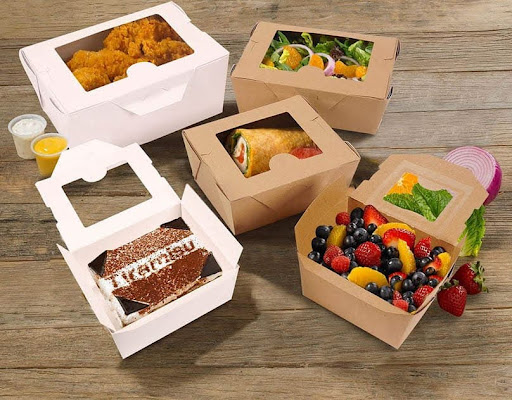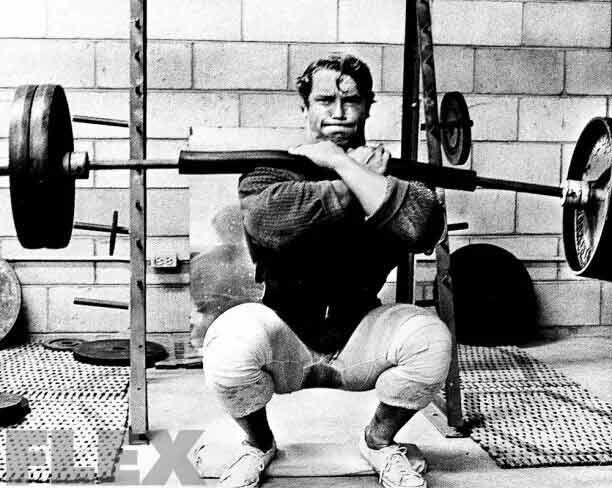Cocoa powder is a beloved staple in kitchens worldwide, cherished for its rich flavor and versatility in both sweet and savory dishes. But have you ever wondered how this fine, aromatic powder makes its way from tropical cocoa farms to your pantry? The transformation from raw cocoa beans to the cocoa powder we use in baking and beverages is a fascinating journey involving meticulous processes that preserve and enhance its natural qualities. In this blog, we’ll explore each step of this journey, shedding light on the intricate methods that ensure the cocoa powder you enjoy is of the highest quality.
1. Harvesting: The Beginning of the Journey
The journey of cocoa powder begins in tropical regions near the equator, where cocoa trees thrive. Farmers carefully harvest ripe cocoa pods by hand, a process that requires precision to avoid damaging the tree or the pods. Each pod contains 20 to 50 cocoa beans, enveloped in a sweet, white pulp. Timely harvesting is crucial, as overripe pods can lead to inferior bean quality.
2. Fermentation: Developing Flavor
Once harvested, the beans and their surrounding pulp are placed in shallow containers or covered with banana leaves to ferment for several days. This fermentation process is vital for developing the beans’ flavor profile. Microorganisms break down the pulp, generating heat and initiating chemical changes within the beans. These changes reduce bitterness and begin the development of the characteristic chocolate flavor.
3. Drying: Preserving Quality
After fermentation, the beans are spread out under the sun to dry. This step reduces the moisture content from around 60% to below 7%, preventing mold growth and spoilage. Proper drying is essential to preserve the beans’ quality during storage and transport. The drying process can take up to a week, depending on weather conditions.
4. Cleaning and Sorting: Ensuring Purity
Upon reaching processing facilities, the dried beans undergo thorough cleaning to remove foreign materials such as sticks, stones, and dust. They are then sorted to eliminate defective or damaged beans. This meticulous process ensures that only high-quality beans proceed to the next stages, directly impacting the final cocoa powder’s quality.
5. Roasting: Enhancing Flavor and Aroma
Roasting is a critical step that brings out the beans’ rich flavors and aromas. The beans are roasted at temperatures ranging from 120°C to 160°C, with the exact temperature and duration tailored to the desired flavor profile. Roasting not only enhances taste but also makes the shells brittle, facilitating their removal in the next step.
6. Cracking and Winnowing: Extracting Nibs
After roasting, the beans are cracked open to separate the outer shells from the inner nibs. This process, known as winnowing, yields cocoa nibs—the purest form of cocoa solids. These nibs are the foundation for all cocoa products, including cocoa powder.
7. Grinding: Creating Cocoa Liquor
The cocoa nibs are then ground into a thick, liquid paste called cocoa liquor or cocoa mass. Despite its name, cocoa liquor contains no alcohol. It comprises both cocoa solids and cocoa butter. The grinding process generates heat, melting the cocoa butter and resulting in a smooth, homogeneous mixture.
8. Pressing: Separating Cocoa Butter
To produce cocoa powder, the cocoa liquor undergoes pressing to extract a significant portion of the cocoa butter. This is achieved using hydraulic presses that apply immense pressure, separating the fat from the solids. The remaining solid mass, known as press cake, is the precursor to cocoa powder.
9. Grinding the Press Cake: Producing Cocoa Powder
The press cake is cooled and then ground into a fine powder, resulting in the cocoa powder we use in various culinary applications. The fineness of the grind can be adjusted depending on the intended use, whether for baking, beverages, or confectionery.
10. Alkalization (Optional): Dutch-Process Cocoa
Some cocoa powders undergo an additional step called alkalization or Dutch processing. This involves treating the cocoa with an alkaline solution to neutralize its natural acidity. The process results in a darker color, milder flavor, and improved solubility, making it ideal for certain recipes.
11. Packaging and Quality Control: Final Steps
Before reaching consumers, the cocoa powder is subjected to rigorous quality control tests to ensure consistency in flavor, color, and fineness. It is then packaged in moisture-proof containers to preserve its quality during storage and transport.
Cocoa in Culture: A Global Ingredient with a Rich Legacy
Beyond the science and steps involved in producing it, cocoa holds a unique cultural significance across the globe. From ancient Mesoamerican civilizations to modern-day kitchens, this ingredient has traveled far and wide—becoming both a culinary essential and a symbol of comfort and luxury.
Historically, cocoa was so prized that the Aztecs used cocoa beans as currency and consumed it as a sacred beverage reserved for warriors, royalty, and rituals. Its bitter, energizing properties were appreciated long before sugar ever sweetened the experience. Even today, traditional Mexican mole sauce features cocoa as a savory ingredient, proving its versatility across flavor profiles.
In Europe, the introduction of cocoa transformed desserts forever. It quickly became a favorite among aristocrats before finding its way into every bakery and home. From classic French mousse to Italian chocolate salami, it has carved a place in regional specialties that continue to evolve with time.
In Asia, fusion desserts increasingly incorporate chocolate elements, merging Eastern ingredients like matcha, sesame, and tropical fruits with cocoa-based treats. This global creativity keeps the ingredient fresh and relevant in modern gastronomy.
Its role extends beyond food. Cocoa-based body butters, scrubs, and soaps are celebrated in the skincare industry for their nourishing properties. The antioxidants found in cocoa contribute to healthy skin, making it a natural favorite in personal care routines around the world.
The story of cocoa is ultimately about connection—linking farmers to food lovers, tradition to innovation, and nature to nourishment. It is a bridge between generations and continents, embodying richness not only in taste but in culture and legacy. For anyone looking to explore this deep heritage and enjoy it in their everyday lives, Baqa Foods offers a thoughtfully sourced and flavorful option worth discovering.
Conclusion
The transformation of cocoa beans into cocoa powder is a complex journey involving multiple meticulous steps, each crucial in developing the rich flavor and quality we associate with this beloved ingredient. From the careful harvesting and fermentation to the precise roasting and grinding processes, every stage contributes to the final product’s excellence. Understanding this journey enhances our appreciation for cocoa powder and its role in our favorite recipes. For those seeking premium quality ones, Baqa Foods offers a selection that embodies this intricate process, ensuring rich flavor and exceptional quality in every spoonful.








